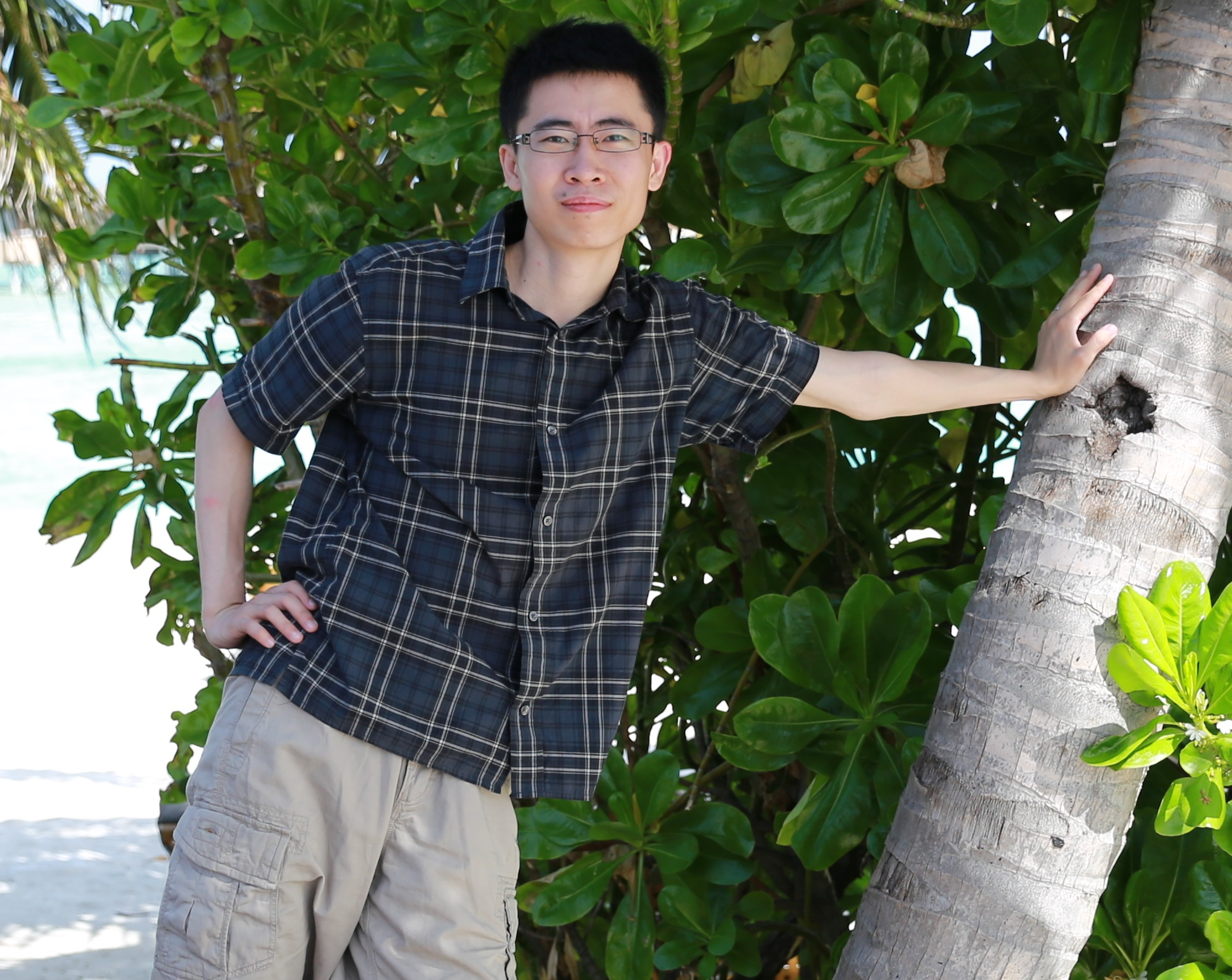
Hao Wu
Research Areas
Authored Publications
Sort By
Structured Multi-Hashing for Model Compression
Yair Movshovitz-Attias
Andrew Poon
Yerlan Idelbayev
Miguel A. Carreira-Perpinan
(2019)
Preview abstract
Despite the success of deep neural networks (DNNs), state-of-the-art models are too large to deploy on low-resource devices or common server configurations in which multiple models are held in memory. Model compression methods address this limitation by reducing the memory footprint, latency, or energy consumption of a model with minimal impact on accuracy. We focus on the task of reducing the number of learnable variables in the model. In this work we combine ideas from weight hashing and dimensionality reductions resulting in a simple and powerful structured multi-hashing method based on matrix products that allows direct control of model size of any deep network and is trained end-to-end. We demonstrate the strength of our approach by compressing models from the ResNet, EfficientNet, and MobileNet architecture families. Our method allows us to drastically decrease the number of variables while maintaining high accuracy. For instance, by applying our approach to EfficentNet-B4 (16M parameters) we reduce it to to the size of B0 (5M parameters), while gaining over 3% in accuracy over B0 baseline. On the commonly used benchmark CIFAR10 we reduce the ResNet32 model by 75% with no loss in quality, and are able to do a 10x compression while still achieving above 90% accuracy.
View details
Preview abstract
We present MorphNet, an approach to automate the design of neural network structures. MorphNet iteratively shrinks and expands a network, shrinking via a resource-weighted sparsifying regularizer on activations and expanding via a uniform multiplicative factor on all layers. In contrast to previous approaches, our method is scalable to large networks, adaptable to specific resource constraints (e.g. the number of floating-point operations per inference), and capable of increasing the network's performance. When applied to standard network architectures on a wide variety of datasets, our approach discovers novel structures in each domain, obtaining higher performance while respecting the resource constraint.
View details
